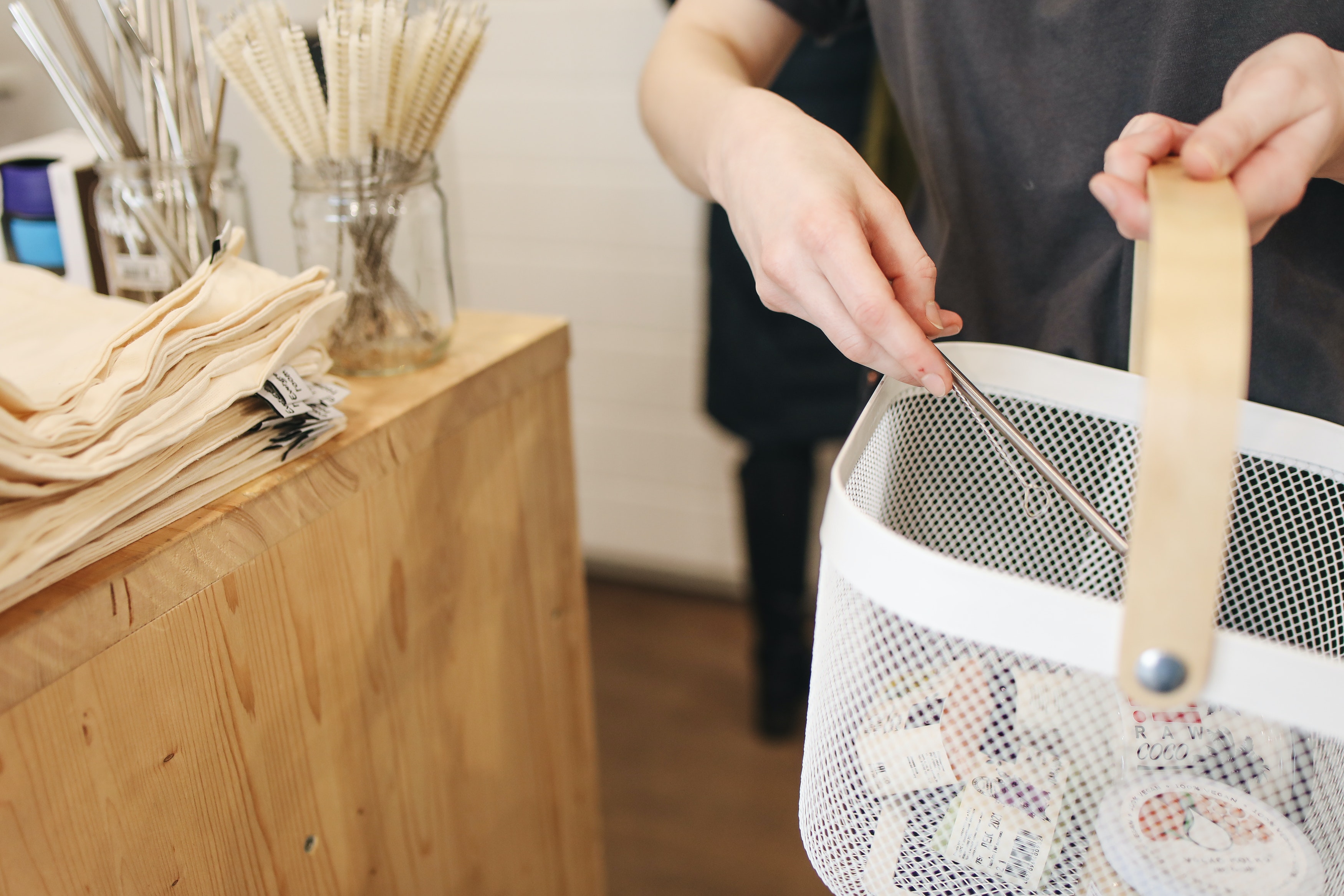
Modern manufacturing, notably injection molding, has made sustainability a priority. Businesses always seek solutions to lower their environmental effect while maintaining product quality. Injection molding is a common manufacturing method that creates many items utilized in many sectors, such as automotive, aerospace, medical, and consumer goods.
This post will look at the injection molding materials that promote sustainability.
Injection Molding Fundamentals & Materials That Support Sustainability
Plastic Injection molding services is a manufacturing method in which a thermoplastic or thermoset material is melted and injected into a mold cavity. After that, the molten substance cools and hardens into the appropriate shape. Injection molding is a flexible and economical method capable of producing complicated geometries, large volumes, and consistent products with strict tolerances.
Many materials used in injection molding contribute to sustainability. Such instances are as follows:
PLA (Polylactic Acid)
PLA is a compostable and biodegradable thermoplastic derived from renewable resources such as maize starch, tapioca roots, and sugarcane. It is widely used to manufacture food packaging, disposable cutlery, and 3D printing filaments.
Bio-based Polyethylene
Polyethylene derived from renewable resources such as sugarcane or corn is known as bio-based polyethylene. It has the same qualities as regular polyethylene but emits less CO2. Bio-based polyethylene is widely utilized in manufacturing food packaging, automobile components, and toys.
PET (Polyethylene Terephthalate)
It's a common thermoplastic found in water bottles, food containers, and clothing fibers. Recycled PET is made from post-consumer or post-industrial waste and is commonly used to generate carpet fibers, vehicle parts, and consumer products.
Biodegradable Polyesters
Biodegradable polyesters are polymers that break down naturally over time. They are frequently used in the production of food packaging, agricultural mulch films, and disposable flatware and are made from renewable ingredients such as corn starch.
Biodegradable Polyurethane
Biodegradable polyurethane is a thermoplastic made from renewable ingredients such as vegetable oils and isocyanates. It is often utilized in the production of medical devices, automotive parts, and coatings.
The Benefits of Injecting Sustainable Materials Molding
There are various advantages of using sustainable materials in injection molding, including:
Environmental Advantages
Utilizing sustainable materials in injection molding decreases manufacturing's environmental effects. These materials decrease landfill trash, save natural resources, and reduce greenhouse gas emissions.
Savings on Expenses
In the long term, sustainable materials may be less expensive. For example, recycled polymers are frequently less expensive than virgin polymers, and biocomposites can be more robust and long-lasting than standard materials, minimizing the need for replacement.
Customer Representation
Using environmentally friendly materials in injection molding may be a key product selling feature. Consumers are becoming more ecologically concerned, preferring items created from sustainable resources.
Tips To Overcome Challenges Faced While Using Sustainable Materials For Injection Molding
While employing sustainable materials in injection molding has numerous advantages, it also has drawbacks. These are some frequent difficulties and solutions:
Material Cost
Manufacturers may reduce costs without losing quality by selecting the proper sustainable material for the application.
Material Availability
Manufacturers may solve this difficulty by collaborating with suppliers to ensure a steady supply of environmentally friendly materials.
Material Properties
To guarantee that the necessary attributes are attained, producers must extensively evaluate the properties of the sustainable material and optimize the production process.
Production Process
Manufacturers may solve this difficulty by collaborating with skilled injection molding professionals who have worked with sustainable materials and can improve the manufacturing process.
FAQs Related To Materials That Support Sustainability In Injection Molding
- How can you know if a material is suitable for injection molding?
Various aspects must be considered when assessing if a material is suitable for injection molding. They include the material's origin, biodegradability or recyclability, and environmental effect during manufacture and disposal.
- Can environmentally friendly materials be utilized in all forms of injection molding?
Indeed, all forms of injection molding, including standard injection molding, multi-shot molding, and insert molding, may employ sustainable materials.
- Is it true that sustainable materials are more expensive than traditional materials?
Sustainable materials may be more expensive than traditional materials in some circumstances. However, the cost difference is frequently overcome by environmental advantages and increasing demand for environmentally friendly items. Furthermore, the cost will likely decrease when sustainable materials become more prevalent.
Conclusion
Utilizing sustainable materials in injection molding minimizes the industry's environmental effects and produces more environmentally friendly goods. Demand for sustainable products is expected to rise as customers become more concerned about their environmental effects. Manufacturers can fulfill this need and contribute to a more sustainable future by adopting sustainable materials in injection molding.
You may also like
Top 6 Sustainable and Durable Materials for Home Construction
Ways to Make Commercial Buildings Sustainable
How To Make Your Construction Company More Eco-Friendly
How Can Businesses Help The Environment?
